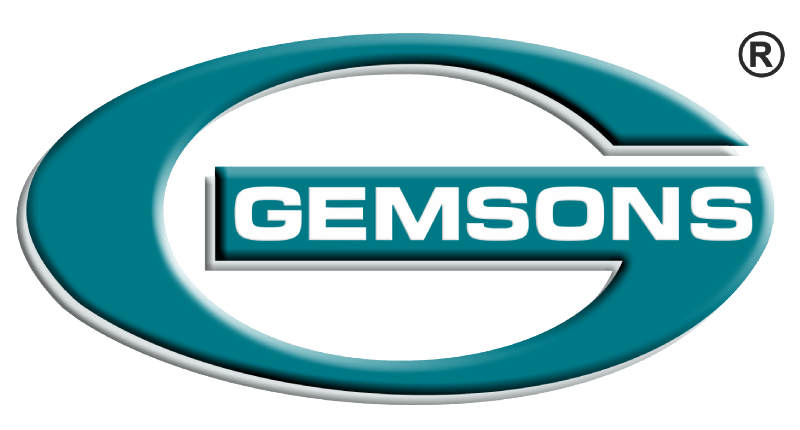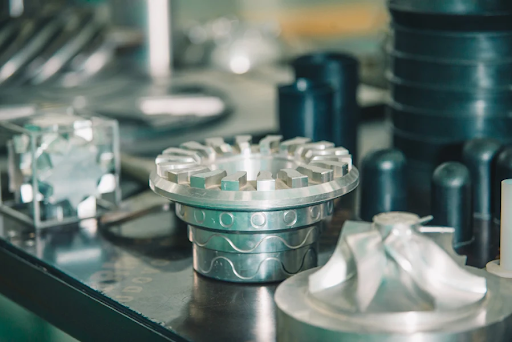Accuracy and performance are crucial, particularly in industries such as aerospace and automotive production. The two require components that are light, yet robust, corrosion-resistant, and dimensionally accurate. That is where aluminium machining has been a game-changer. The blend of aluminium’s superior material properties and state-of-the-art CNC machining technology has made it possible for manufacturers to create components that are precise and meet high-quality and safety requirements.
Why Aluminium?
Aluminium is exceptional for its own combination of light properties and mechanical strength. It has good corrosion resistance, high thermal conductivity, and free machinability. These properties make it the best material for producing parts where precision and weight reduction are crucial, ranging from aircraft to car engine components.
1. Lightweight yet Strong
Another major benefit of aluminium machining is its strength-to-weight ratio. Aluminium is much lighter than steel, and this enables engineers to minimize the overall weight of aircraft and vehicles without a decline in durability or safety. In aeronautics, this means enhanced fuel economy as well as more payload capability, while in automotive engineering, it enables enhanced acceleration, handling, and emissions reduction.
2. Excellent Machinability and Precision
Softness of Aluminium over other harder metals enables it to be machined with higher accuracy and at increased speeds. CNC machines can readily cut and form aluminium into intricate shapes with high tolerances. This efficiency minimizes production time and cost and maintains uniform quality, a very important consideration for aerospace parts such as brackets, housings, and connectors, and auto components such as gearbox covers and engine mounts.
3. Corrosion and Temperature Resistance
Aerospace and automotive conditions subject the components to extreme conditions such as temperature variation, moisture, and pressure. Aluminium’s self-formed oxide layer provides superior corrosion resistance, and hence a longer life of the parts machined. Additionally, its high-temperature resistance property makes it ideal for mission-critical applications such as engine systems and heat exchangers.
4. Cost-Effectiveness in Production
Although aluminium is a bit pricier than certain raw materials, its machinability saves considerable tool wear and machining time. Aluminium machining is therefore quite cost-effective in high-volume production. Moreover, the recyclability of the metal enables manufacturers to recycle scrap material, another cost-saving factor and an emphasis on sustainability, which is an increasingly important consideration in both the aerospace and automotive industries.
5. Aesthetic Value and High Surface Finish
Aluminium parts can attain higher surface finishes with their fine-grained microstructure. Machined aluminium parts are not just functionally efficient but also aesthetically elegant, an important requirement for auto exterior and interior parts. Following machining treatments like anodizing and polishing improves corrosion resistance and appearance, imparting parts a pro-level, high-quality finish.
6. Compatibility with Advanced CNC Machining Technologies
The use of multi-axis CNC machines, automation, and precision tooling has taken aluminium machining to new levels. New 3-axis and 5-axis CNC machines enable sophisticated designs and precise repeatability, critical for high-performance aerospace components such as turbine housings or precise fuel system components. The same precision advantage can be realized in the automotive industry for sophisticated suspension components and high-performance drivetrain components.
7. Enhanced Fuel Efficiency and Performance
Utilization of lightweight aluminium components directly equates to improved fuel economy for both aeroplanes and vehicles. In aviation use, even slight weight reduction equates to substantial fuel saving over time. Likewise, in cars, the lighter components enhance acceleration, braking, and overall performance without compromising global emission norms.
8. Sustainability and Recyclability
Sustainability is becoming a key factor in manufacturing decisions. Aluminium is 100% recyclable without losing its properties, making it one of the most eco-friendly metals for machining. This aligns perfectly with the global push toward green manufacturing and reduced carbon footprints in industries such as aerospace and automotive.
9. Consistency and Quality Assurance
Where accuracy is an imperative, aluminium’s machinability predictability delivers uniform results in high-volume production runs. Dimension stability, repeatability, and surface integrity are essential in high-performance markets, qualities aluminium sustains exceptionally well.
10. Versatility Across Applications
From aircraft structural components to car chassis parts, the versatility of aluminium enables it to be employed in a broad range of applications. Either a tiny sensor case or a substantial engine bracket, aluminium’s machinability and flexibility render it a leading candidate for engineers.
Conclusion
Coupled with precision engineering and aluminium machining, the industry remains revolutionized in terms of how aerospace and automotive parts are produced. Durable, lightweight, and economical, aluminium brings unparalleled benefits that boost performance, safety, and sustainability.
With decades of expertise and state-of-the-art CNC technology, Gemsons Precision Engineering produces exceptional aluminium machined parts meeting the highest industry requirements, driving innovation and efficiency in the world’s aerospace and automotive industries.



Recent Comments